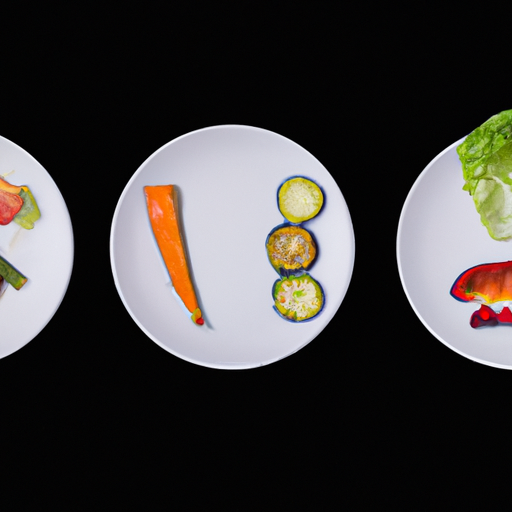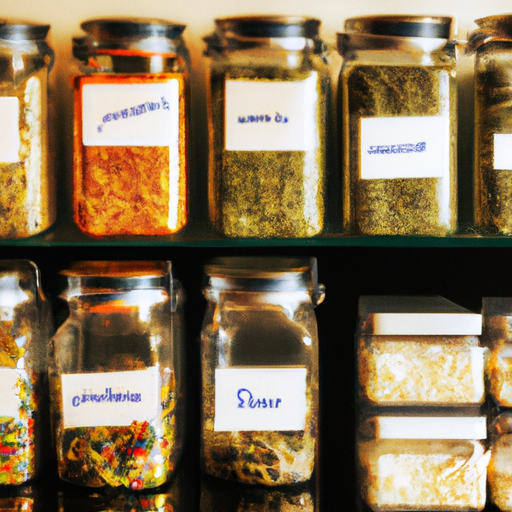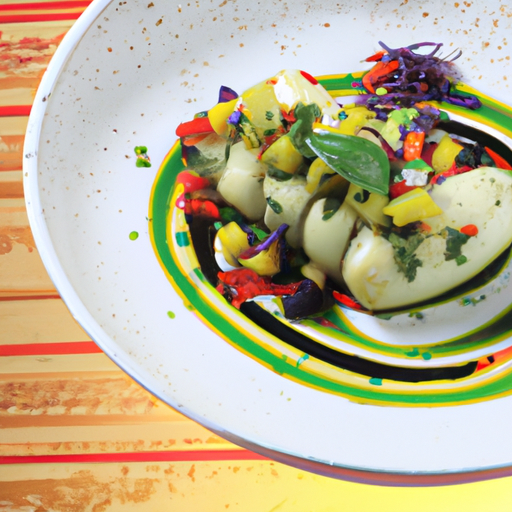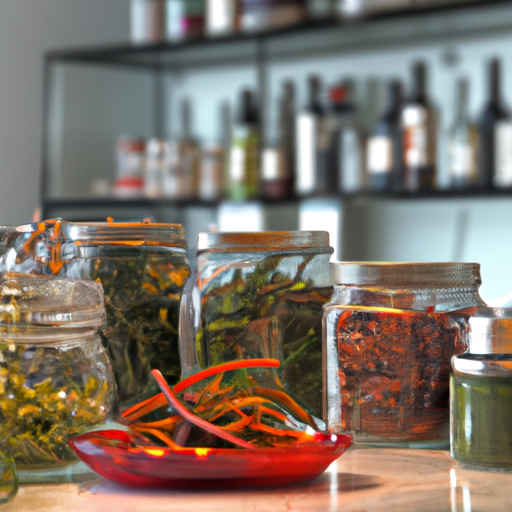Discover how professional chefs are revolutionizing sustainable cooking by utilizing every part of their ingredients. Learn practical techniques for converting common kitchen waste into delicious dishes and broths. This comprehensive guide will help you reduce food waste while elevating your cooking to new heights.

The concept of zero-waste cooking has evolved from a fringe movement to a mainstream culinary philosophy, championed by renowned chefs and home cooks alike. This comprehensive approach to cooking not only helps reduce environmental impact but also maximizes the value of your ingredients while creating innovative and delicious dishes.
At its core, zero-waste cooking is about seeing the potential in every part of your ingredients. Those carrot tops you usually discard? They make an excellent pesto. The outer leaves of cauliflower? Perfect for roasting into chips. The bones from your roast chicken? The foundation for a rich, nourishing stock.
Let's start with vegetable scraps, often the most discarded items in home kitchens. Broccoli stems, when peeled and sliced thinly, can be transformed into a crisp, refreshing slaw. The tough outer leaves of lettuce heads can be braised until tender and served as a side dish. Even onion skins, typically thrown away without a second thought, can add depth and color to stocks and broths.
Root vegetables offer particularly exciting opportunities for whole-ingredient cooking. Carrot tops can be processed into a vibrant pesto with garlic, olive oil, and nuts. Beet greens can be sautéed with olive oil and garlic for a nutrient-rich side dish. The peels from potatoes, when cleaned and tossed with oil and seasonings, become crispy chips perfect for snacking.
Fruit scraps present another frontier of possibility. Citrus peels can be candied, used to infuse vinegar, or dried for tea. Apple cores and peels can be simmered into a sweet syrup or fermented into vinegar. Even banana peels, when properly prepared, can be transformed into a meat substitute for plant-based dishes.
Meat and fish scraps hold enormous potential for enhancing your cooking. Bones and cartilage form the basis for rich stocks and broths. Fish heads and frames can be used for fumet, a flavorful fish stock essential in many seafood dishes. Even rendered fat from meat can be stored and used for future cooking, adding depth and flavor to various dishes.
The key to successful zero-waste cooking lies in proper storage and planning. Keeping a "stock bag" in your freezer for vegetable scraps allows you to accumulate ingredients for future broths. Learning to properly store ingredients and utilizing preservation techniques like fermentation, dehydration, and pickling extends the life of your ingredients and creates new flavor profiles.
One of the most valuable skills in zero-waste cooking is understanding how to transform scraps into flavor enhancers. Herb stems can be infused into oils or vinegars. Cheese rinds can add richness to soups and stews. Even coffee grounds can be repurposed as a flavorful rub for meats or incorporated into baked goods.
Modern chefs are also exploring innovative techniques for utilizing typically discarded items. Vegetable pulp from juicing can be incorporated into baked goods or dehydrated into crackers. Aquafaba, the liquid from canned chickpeas, has become a popular egg white substitute in vegan cooking. These innovations demonstrate how "waste" products can become valuable ingredients.
Beyond the kitchen, zero-waste cooking principles can extend to growing your own ingredients. Kitchen scraps like green onion bottoms, herb stems, and even some vegetable tops can be regrown in water or soil, providing a continuous supply of fresh ingredients while reducing waste.
The economic benefits of zero-waste cooking are significant. By utilizing every part of your ingredients, you maximize your food budget and reduce the need for additional purchases. This efficiency not only saves money but also encourages creativity in the kitchen as you find new ways to use available ingredients.
Implementing zero-waste practices requires a shift in mindset and some initial learning, but the rewards are worth the effort. Start small by focusing on one type of waste reduction, such as saving vegetable scraps for stock, and gradually expand your repertoire as you become more comfortable with the techniques.
The future of sustainable cooking lies in these waste-reduction practices. As more chefs and home cooks embrace these principles, we're seeing an evolution in how we think about food waste and its potential. What was once considered garbage is now being recognized as a valuable resource in the culinary world.



